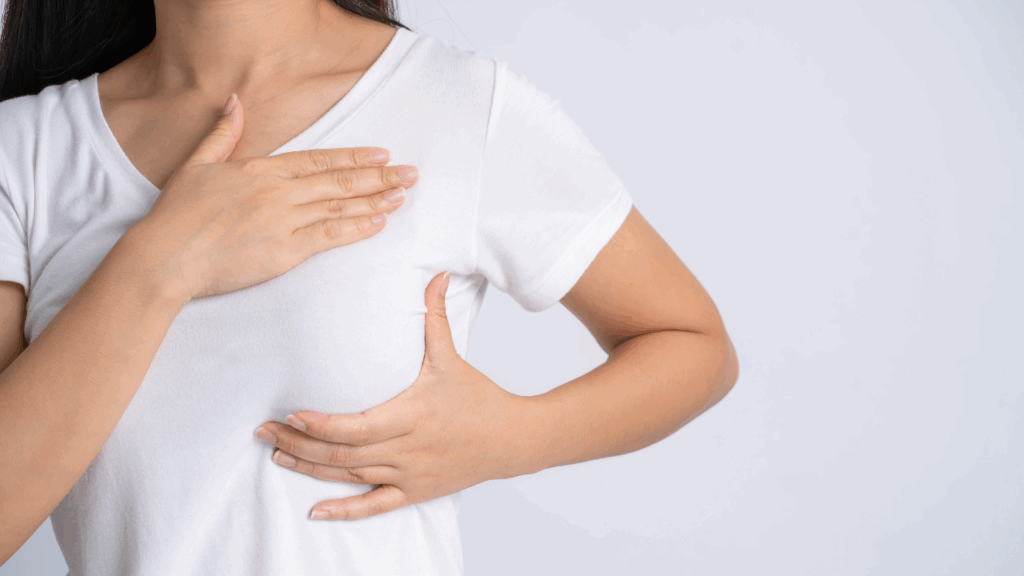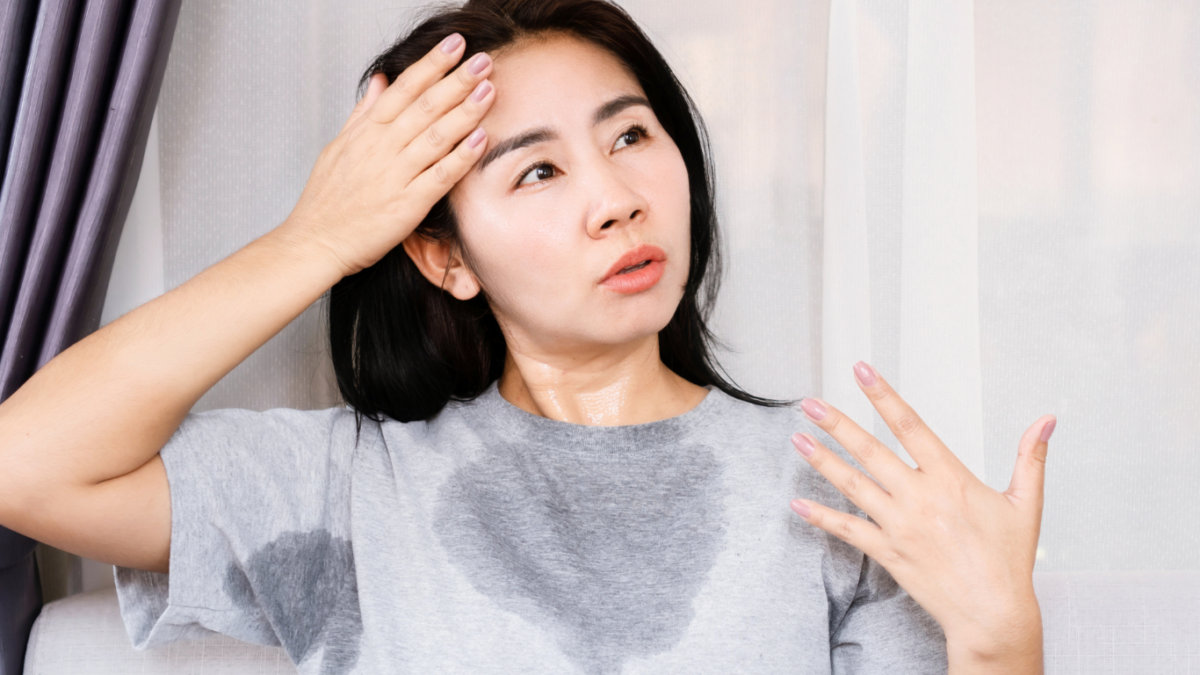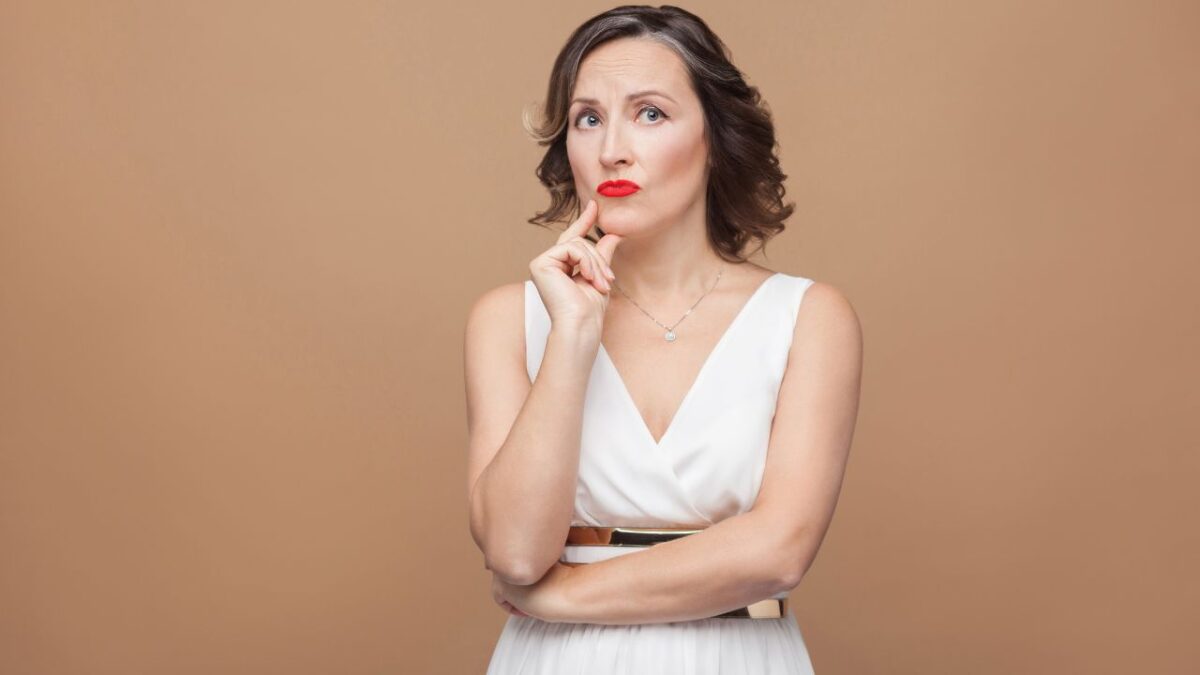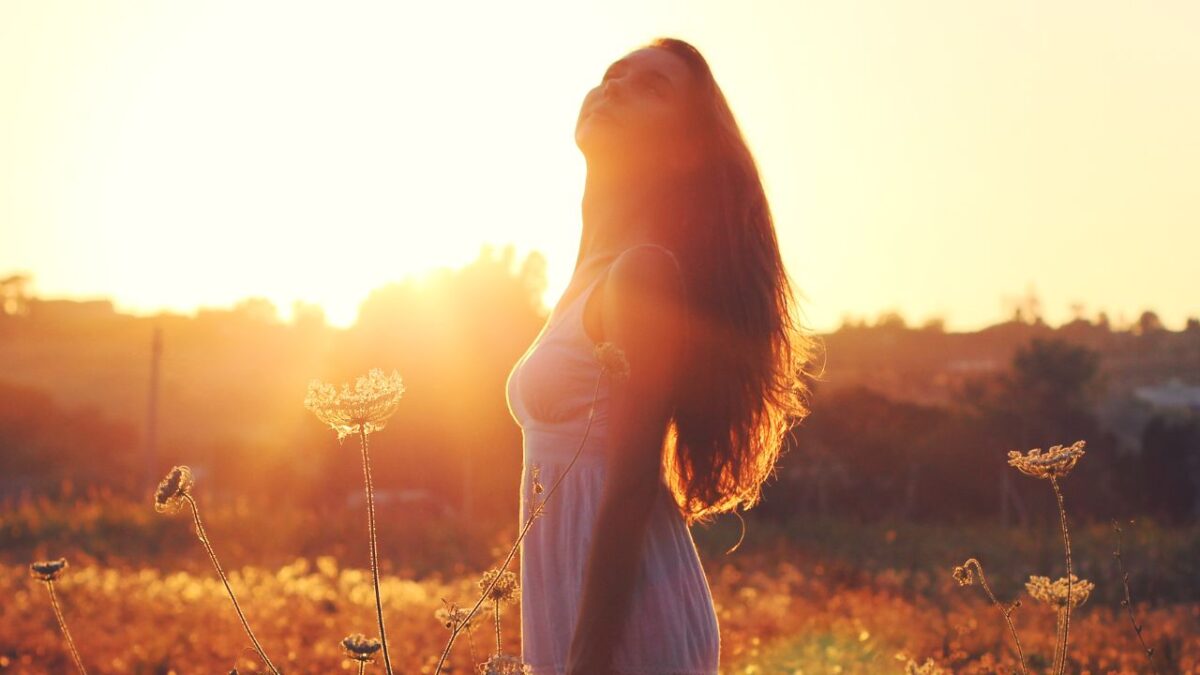It starts small. We walk into a room and forget why we’re there. Struggle to find a word mid-sentence. Lose our train of thought while reading something we’ve read three times. The fog rolls in slowly—quiet, unannounced—until one day, we wonder: Am I losing my mind?
If any of this feels familiar, trust me—we’re not the only ones.
Brain fog is one of the most disorienting and least understood symptoms of perimenopause—the hormonal rollercoaster that can begin in our 40s (and sometimes earlier). But here’s the good news: this isn’t the beginning of the end. It’s the beginning of understanding what’s happening, why, and how we can reclaim clarity.
What Exactly Is Brain Fog?
Brain fog isn’t a clinical diagnosis. It’s a catch-all term we use when our minds don’t feel as sharp. We might notice:
- Forgetting names or appointments
- Difficulty concentrating
- Slower processing speed
- Word-finding problems
- Feeling mentally fatigued
And yes—it’s common. As many as 60% of women in perimenopause report cognitive changes. But what’s crucial to know is this: brain fog during perimenopause is not early dementia. It’s a temporary (albeit maddening) phase linked to hormonal shifts, lifestyle stressors, and sometimes nutrient deficiencies. Once we understand what’s happening under the surface, we can do something about it.
What’s Going On in Our Brains?
Hormones: The Master Switches
Estrogen doesn’t just regulate our cycles—it has a hand in nearly everything, including how our brains function. There are estrogen receptors all over the brain, especially in areas responsible for memory, attention, and language. As estrogen fluctuates wildly in perimenopause, it disrupts our brain’s communication systems.
Estrogen supports neurotransmitters like serotonin and dopamine (our mood and motivation chemicals), and helps regulate brain energy metabolism. When estrogen levels dip, so does our brain’s efficiency. Things take longer. Focus slips. The lights are on, but they flicker.
Sleep, Stress, and Mood: The Triple Threat
Now layer in sleep issues—thanks to night sweats, anxiety, or just that 3 a.m. wide-awake-for-no-reason phenomenon. Our brains need restorative sleep to consolidate memory and clear out waste. Without it? Everything feels harder.
Add chronic stress, and we get a cortisol spike. High cortisol levels shrink the hippocampus—the brain’s memory center—and derail concentration. Anxiety and depression, both more common during perimenopause, also interfere with working memory.
Iron and Nutrients: The Hidden Piece
Emerging research shows that even “low normal” iron levels can impair attention and clarity. Iron helps deliver oxygen to the brain and is vital for neurotransmitter synthesis. Replenishing iron stores (safely, with guidance) can make a surprising difference.
Magnesium, B vitamins, omega-3s—all essential for a well-tuned brain. And many of us are running low.
Why Brain Fog Feels So Scary
Here’s the thing: when our minds betray us, even in small ways, it shakes our confidence. We wonder if we’re slipping. We fear we’re not as capable—at work, at home, in relationships. And too often, we blame ourselves.
Let’s say this out loud: we are not broken. We are in transition. Perimenopause is a profound biological shift, not a personal failing. The fog doesn’t mean we’re fading. It means our brains are recalibrating.
Neuroimaging studies confirm it. Researchers have found that while cognitive dips occur during perimenopause, most women’s brain function rebounds in post-menopause. Our minds do come back—often stronger and more resilient.
Six Research-Backed Ways to Clear the Cloud
We can’t always snap our fingers and dispel the fog. But we can take small, meaningful steps to clear a path forward.
1. Hormonal Support: Consider What Our Brains Are Missing
Hormone Replacement Therapy (HRT), especially estrogen, may help relieve brain fog—particularly when started during the early menopausal transition. It’s not FDA-approved specifically for cognitive symptoms, but growing evidence supports its benefits for some women.
Non-hormonal medications, like certain ADHD meds (e.g., lisdexamfetamine), are being explored off-label to boost focus in midlife women. This isn’t a one-size-fits-all approach, but worth discussing with a trusted provider.
Takeaway: If the fog feels unrelenting, talk to a menopause-informed clinician about hormonal and non-hormonal options.
2. Sleep: Protect the Brain’s Power Source
When we sleep poorly, everything suffers. Prioritizing sleep isn’t selfish—it’s neurological maintenance.
- Create wind-down rituals: screen-free time, herbal teas, calming music.
- Keep bedrooms cool and dark.
- Avoid caffeine after 2 p.m.
- Address night sweats and anxiety with lifestyle changes or medication if needed.
- Consider CBT-I (Cognitive Behavioral Therapy for Insomnia), shown to be as effective as sleep meds.
Takeaway: Sleep isn’t a luxury—it’s medicine for the menopausal brain.
3. Stress Relief & Mental Health: Unclutter the Mental Desk
When stress piles up, our mental desktop crashes. Clearing it means we need tools—not shame.
- Try guided meditations or apps like Calm or Insight Timer.
- Consider therapy, especially CBT or mindfulness-based techniques.
- Move our bodies daily—even a brisk 15-minute walk boosts endorphins and clears mental cobwebs.
- Don’t hesitate to explore medications for anxiety or depression if mood issues are dragging us down.
Takeaway: The calmer our internal world, the clearer our thinking becomes.
4. Iron, Nutrition & Supplements: Feed the Brain
Ask for an iron panel, not just hemoglobin. Ferritin (iron storage) under 50 ng/mL can be linked to brain fog, even if we’re not technically anemic. Replenishing can make a tangible difference.
Nutritional brain boosts:
- Leafy greens, berries, fatty fish (hello, omega-3s)
- Whole grains, seeds, legumes
- Water! Dehydration is a silent focus killer
- Reduce sugar and ultra-processed foods—they spike and crash our energy
Supplements to consider (with provider input): magnesium glycinate, B-complex, citicoline (Cognizin®), and fish oil.
Takeaway: What we feed our bodies, we feed our brains.
5. Movement & Mindfulness: Rewire the Brain in Motion
Exercise doesn’t just tone muscles—it rewires the brain. Aerobic movement increases blood flow to memory and focus centers.
- 150 minutes/week of moderate cardio = memory gains
- Yoga or tai chi = stress reduction + body awareness
- Try brain games (Lumosity, Wordle), learning new skills (a language, instrument), or even puzzles—these build neuroplasticity
Takeaway: Every walk, stretch, or sudoku puzzle is a gift to our future minds.
6. Practical Tools: Support the Systems That Support Us
When we’re foggy, external systems can compensate:
- Use digital reminders and shared calendars
- Keep a consistent place for keys, glasses, lists
- Do one task at a time—multitasking is a myth
- Break big jobs into small steps
- Take mini brain breaks—deep breaths, short walks, hydration resets
Takeaway: Let’s stop trying to remember everything. Let the tools hold it for us.
For the People Who Love Us: How to Support Without Patronizing
Brain fog can be invisible. But it’s very real. And having support makes a world of difference.
If you’re a friend, partner, or coworker:
- Believe us. It’s not laziness or distraction—it’s hormonal turbulence.
- Don’t tease or dismiss. Instead, ask: “How can I help make things easier?”
- Create shared structures—visible calendars, joint routines, gentle nudges.
- Celebrate wins. “You remembered that!” can be a bigger confidence boost than it seems.
When the people around us meet us with patience instead of pressure, healing begins.
A Story We Know Too Well—And a New One We’re Writing
Maria, 46, had always been the go-to person at her law firm. Until one day, she blanked on a client’s name during a meeting. She laughed it off. But inside, she panicked.
Over the next six months, the fog rolled in stronger. She forgot passwords, missed a dentist appointment, couldn’t finish a book.
But Maria didn’t give up. She started by tracking her cycle and symptoms. She asked her doctor to check her iron (it was low). She swapped late-night wine for herbal tea, walked during lunch breaks, and finally—after finding a provider who listened—she started low-dose HRT.
It didn’t happen overnight. But slowly, her confidence returned. One morning, she nailed a presentation—and realized she hadn’t stumbled once.
“I’m still me,” she said later. “Just upgraded.”
When the Fog Doesn’t Lift: Knowing When to Seek Help
Most brain fog improves post-menopause. But if symptoms:
- Interfere significantly with work or relationships
- Persist more than 2–3 years after our last period
- Come with marked mood shifts, motor issues, or language trouble
…it’s time to get checked. A simple cognitive screen (like the MoCA), full labs (including B12, thyroid, ferritin), and a referral to a neurologist or menopause specialist can rule out more serious issues.
Don’t delay care out of fear. Most often, what we’re experiencing is treatable—and temporary.
The Clouds Do Part
We may not control when the fog rolls in. But we can learn how to navigate through it—without blaming ourselves or resigning to it.
This isn’t the end of our sharpness, our ambition, our essence. It’s a reset. And many women report emerging from menopause with more clarity, purpose, and peace than ever before.
We’re not losing ourselves. We’re finding new ways to be whole.
Let’s Clear a Path Together
If this resonated, maybe it’s time for one small act of clarity. Schedule a blood test. Swap soda for water. Step outside and move. Talk to someone.
Or simply whisper to ourselves: I’m not broken. I’m adapting.
And that’s powerful.
Disclaimer: This article is for informational and educational purposes only. It reflects collective experiences and current research on brain fog during perimenopause, but it is not intended to diagnose, treat, or replace personalized medical advice. Every woman’s journey through menopause is unique. If we’re experiencing persistent or severe cognitive symptoms—or simply need guidance—it’s important we consult with a qualified healthcare provider who understands midlife women’s health. Always speak with a licensed professional before making any changes to medications, supplements, or treatment plans.
Ready for the Next Step?
We created something special to support our clarity journey—a beautifully designed, easy-to-follow guide packed with the most effective, research-backed strategies to clear the fog and feel more like ourselves again.
It’s called “Beat the Fog: 8 Simple Steps to Sharpen Your Perimenopausal Brain”—and it’s completely free.
🧠 Download the complimentary PDF here
Whether we keep it on our nightstand, tape it to the fridge, or share it with a friend, it’s our gentle reminder: we’ve got this. We’re not alone. And clearer days are ahead.































